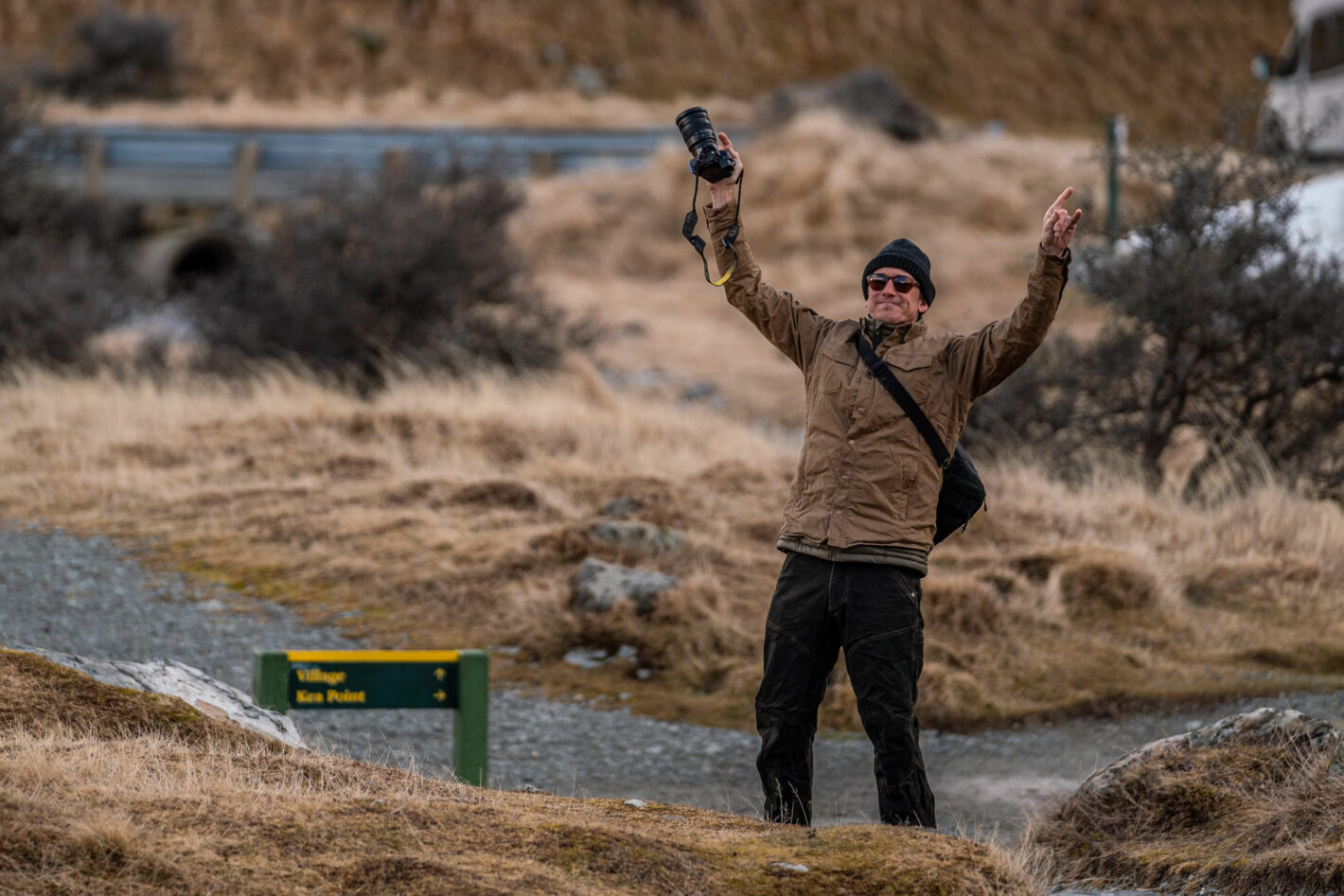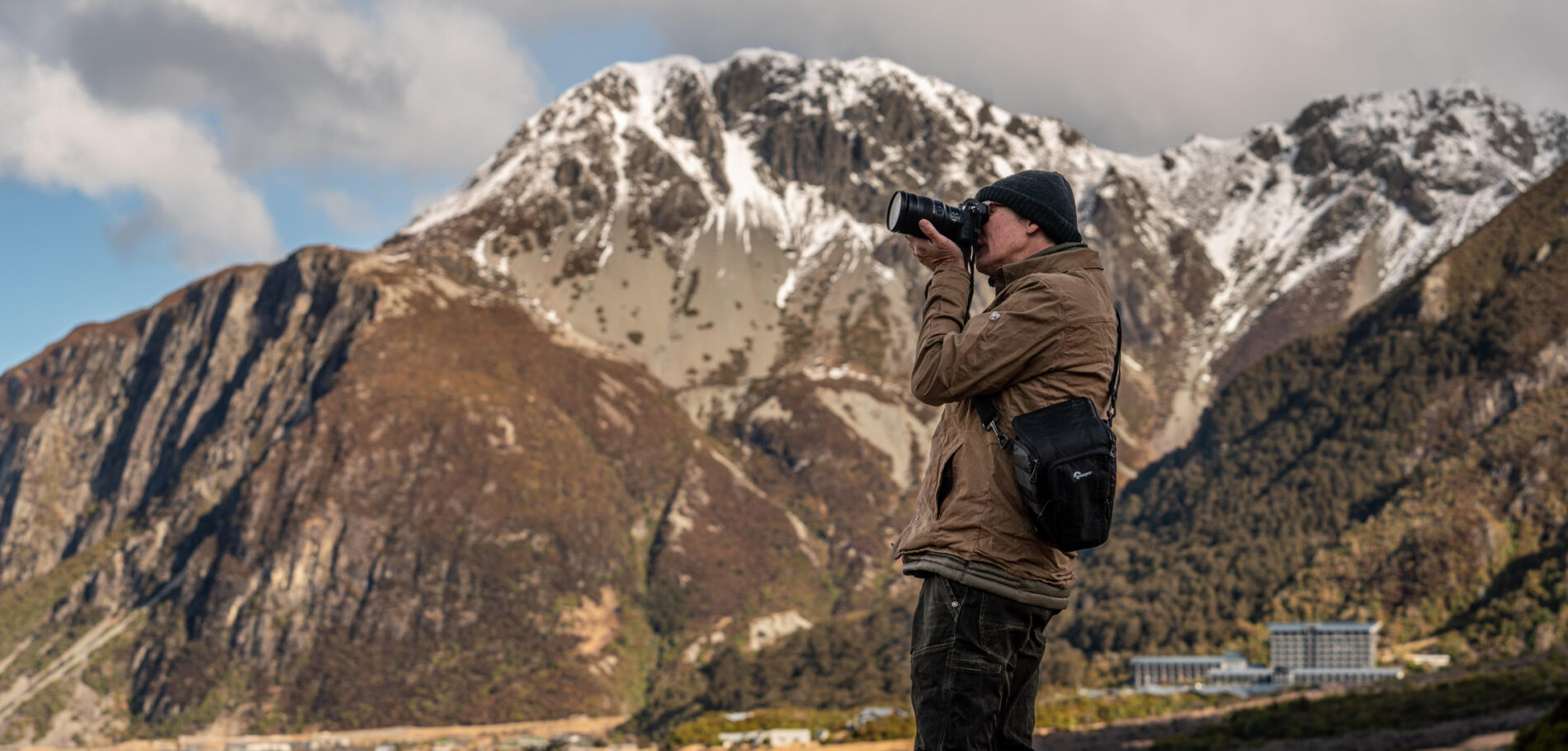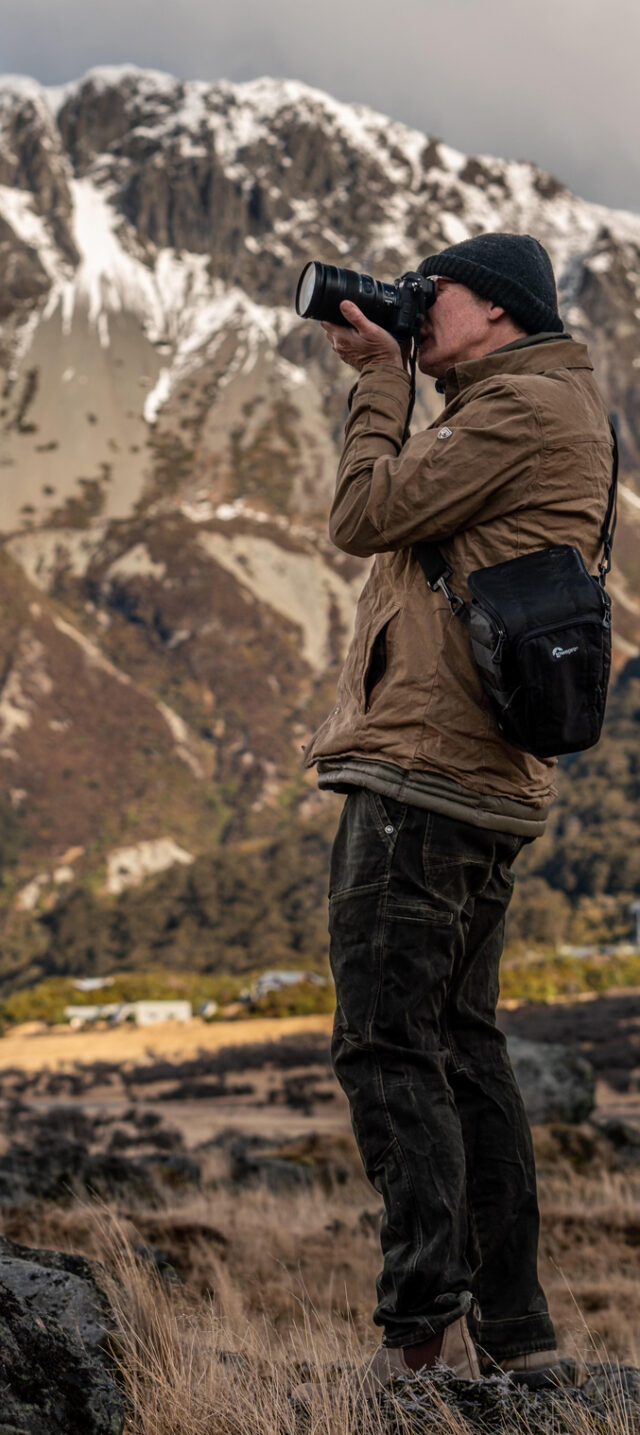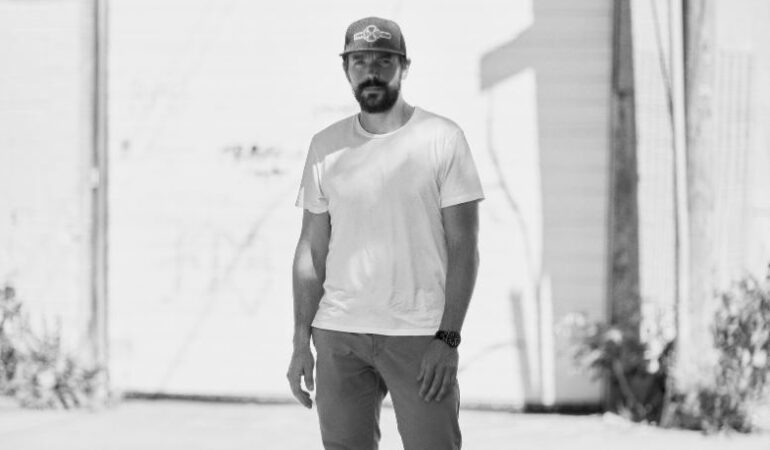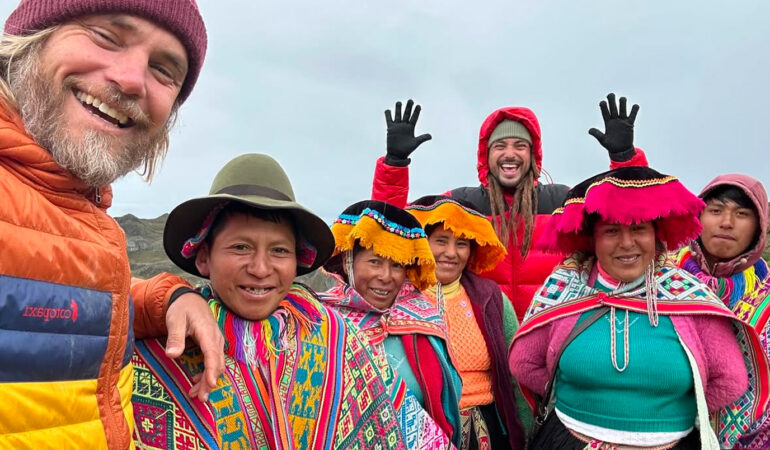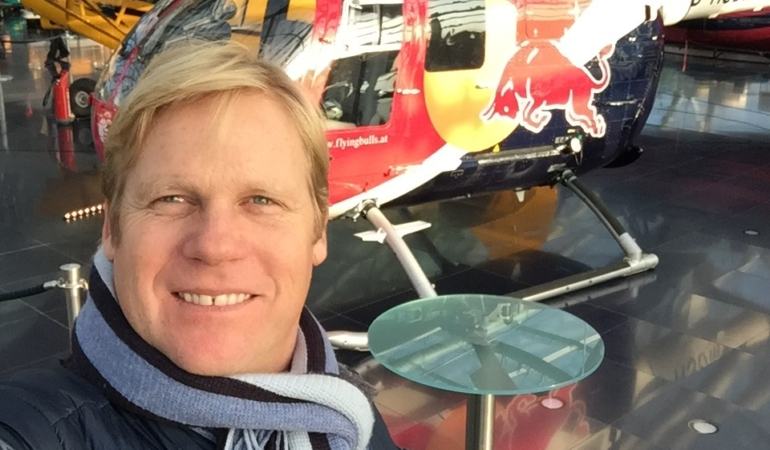Trade Secrets: Jeremiah Watt | How to capture the moment without staging the shot
ADVENTURE PHOTOGRAPHER Jeremiah Watt
Home Base / Salt Lake City, Utah
Activities / Climbing, fly-fishing, skiing, traveling, outdoor lifestyle
A couple of flyfishing friends are sitting on a sandbar in the shallows of the Caribbean, studying the horizon and pointing at something outside of the camera frame. The friends are bonefishing in the Bahamas, casting their lines for the smallish, iridescent fish that often shovels its head into the sand at the bottom and arcs its tail into the air. Photos of bonefish tails are ubiquitous in the flyfishing world—light reflecting off the scales; translucent tropical water in the background. It’s a bit of a cliché.
Standing behind his friends, camera in hand, Jeremiah “Miah” Watt has a vision of a different photograph in his mind.
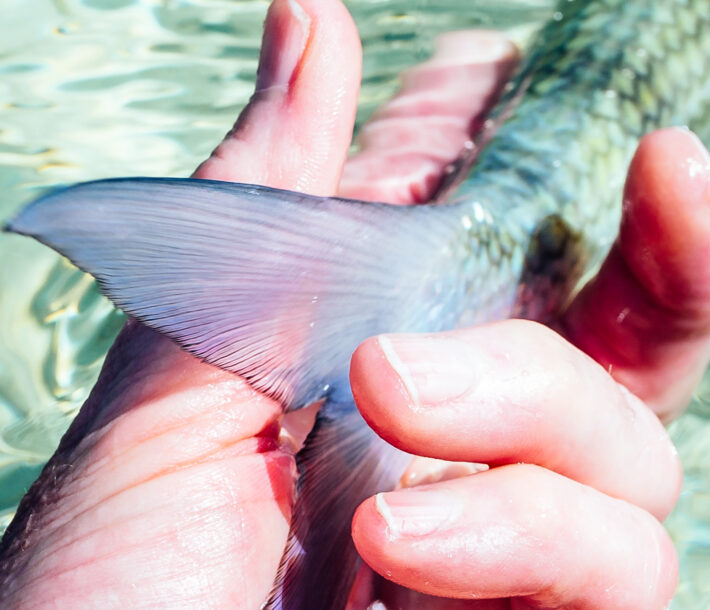
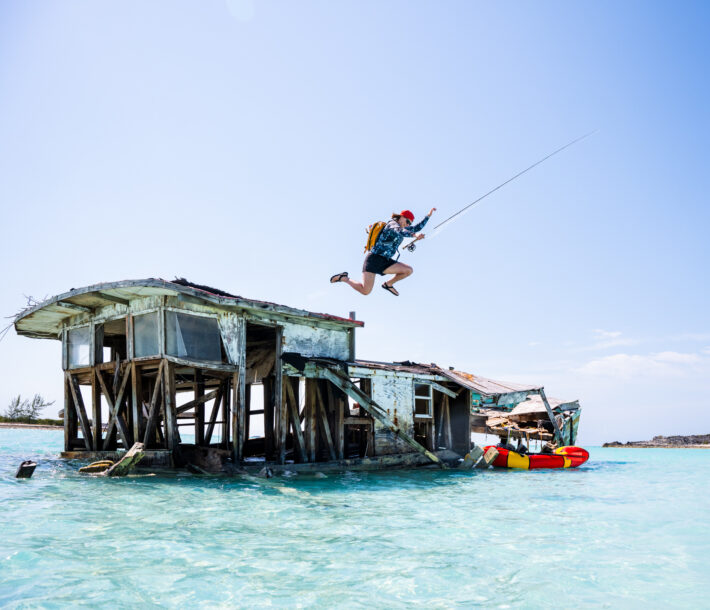
“I could see everything lining up,” he says. “Hoping for a reaction, I asked if that was a tail on the horizon with some excitement. I waited to catch their response. The resulting image captures the anticipation of bone fishing.” Those are the moments that Miah is after.
It’s not that Miah is opposed to staged shoots or artificial lighting. Studio photography can achieve nuanced, gorgeous work, he says. But capturing genuine emotions in an outdoor environment that resonates with people at the core of the sport is hard to do, if not impossible, in a staged shoot.
His preferred mode of outdoor photography is to be in the moment, camera at the ready. Photography in the outdoors requires problem solving and creativity, even sometimes tricking your friends so they have a genuine reaction in the moment.
When people get ragged or they’re really tired, or really hungry, or really excited, or even if they’re just super bored—those moments are so tangible.

Quick Tip: Compose Your Shot In Your Mind
Before you ever press the shutter, have a plan for the finished image. “What if I change my perspective? What does the image do to answer the who, what, when, and why? Is it possible to accentuate the ambiance? Can you direct the eye toward a feature? Can you create depth by placing objects in the foreground and background? Is it possible to simplify or add complexity based on composition? By taking a mindful approach before pressing the shutter, you’ll set yourself up for creating the strongest possible image.”
